Air conditioning helps a driver to stay focussed as excessive heat can lead to dehydration and discomfort within the vehicle’s cabin – something that’s important for long-distance drivers to avoid as driving dehydrated is like driving with alcohol in your blood. It also helps demisting your windows.
How is the air conditioning operated?
If you have a single-zone air conditioning system, there are six main controls:
- Temperature: set the temperature from as cool as it will go (usually 16 Celsius) to as hot as it will go (usually around 32 Celsius)
- Fan speed: from gentle breeze to raging hurricane
- Direction: change the airflow between windscreen, occupant and footwell, or a combination
- Windscreen: turn on the rear demister
- Air conditioning on/off: determines whether the air conditioning unit is used when heating or cooling the air
- Recirculate: switches the air source between inside and outside the cabin. Sometimes this is a lever rather than a button.
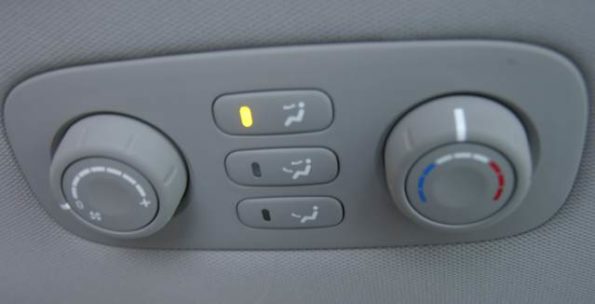
If you have a dual-zone air conditioning system, you will have a temperature control for each zone.
If your vehicle has climate control or ‘auto’ a thermostat will try to keep the temperature consistent in the cabin, based on your settings.
Some units have quick function buttons for demisting which turn the air conditioning on, the fan on full and the fan direction to windscreen. They will also have a rear demister button which, if fitted, will also activate heated wing mirrors.
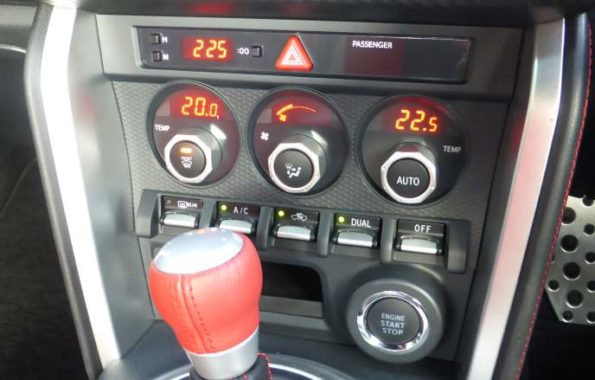
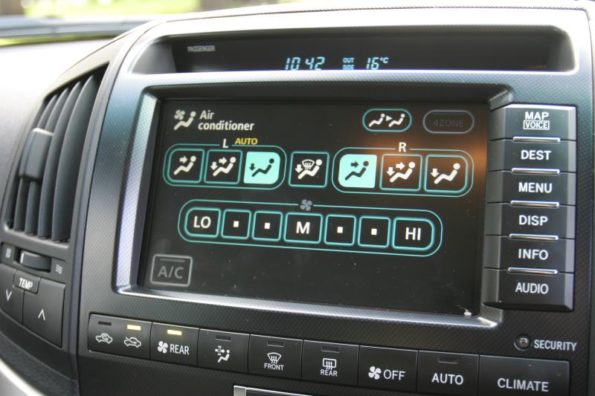
Systems with manual dials are easier to use the digital systems on a touchscreen. This is because you have to take your eyes off the road to use the touchscreen air conditioning.
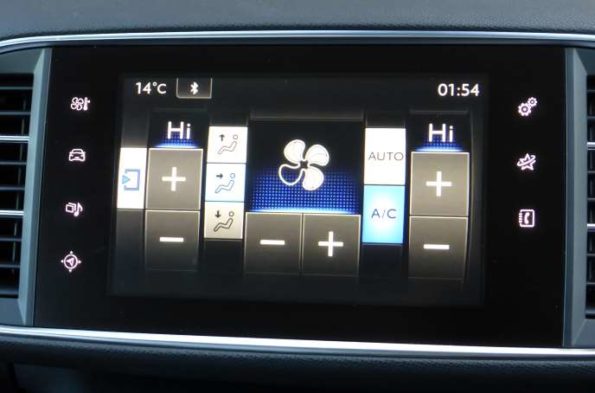
Some vehicles have separate zones for rear passengers, too.
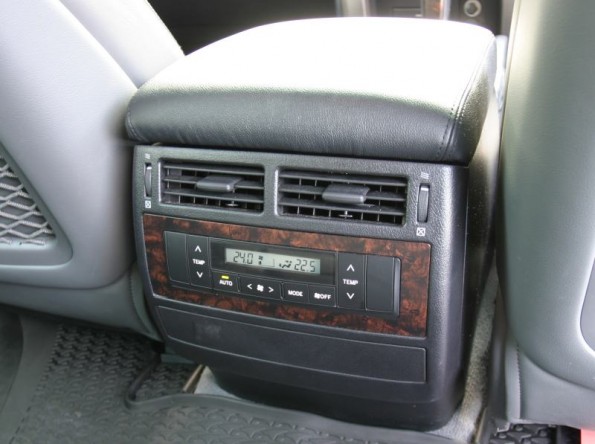
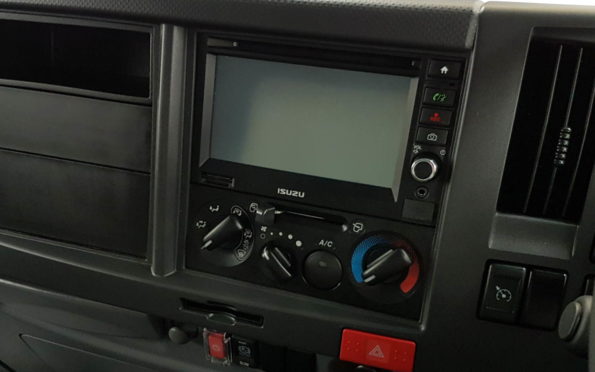
What parts are in a vehicle’s air conditioning system?
Compressor: this compresses and circulates refrigerant in the air con system. Compressing the refrigerant turns it from gas to liquid. It draws its power from the engine, which means that when you run the air conditioning, you’re using more fuel.
Refrigerant: modern vehicles use a chemical called R134a, while older vehicles have r-12 Freon (a chemical which is more expensive and requires a licence to handle). The refrigerant transfers the heat. At low pressures and temperatures, it’s gaseous, while at high temperatures and pressures, it is liquid.
Condenser: this condenses the refrigerant from a gas to a liquid and expels the heat removed from the vehicle. It’s usually positioned right in front of the radiator and looks like a small radiator.
Expansion valve: this is a nozzle that drops the pressure of the refrigerant liquid, meters its flow and atomises it.
Evaporator: this transfers heat to the refrigerant from air blown across it, which cools your vehicle. It’s located in the passenger compartment, behind the dashboard.
Dryer (or receiver): this removes moisture and contaminants from the refrigerant. Ice can form in the system if moisture isn’t removed from the refrigerant.
How does the aircon system work?
Step 1: The compressor pressurises or compresses the refrigerant which partly turns it from a gas to a liquid. It also adds a lot of heat – the refrigerant can get to 85 Celsius or more. This is the start of the high-pressure part of the system as the refrigerant is compressed to over 100PSI.
Step 2: The refrigerant, circulates through tubes in the condenser.
Step 3: Fresh air from outside the vehicle is passed over the tubes and the refrigerant gives up its heat to the air which drops the temperature of the refrigerant to around 55 Celsius.
Step 4: The refrigerant moves into the dryer. Moisture is removed by a dessicant which further cools the refrigerant. At this point, it’s all liquid, no gas.
Step 5: The refrigerant flows through the expansion valve which reduces the pressure on the fluid, allowing some of it to turn to gas again. This is the start of the low-pressure part of the system.
Step 6: The low-pressure liquid/gas mix moves to the evaporator where hot air from the vehicle’s interior or from outside the car is passed over it using fans. This air gives up its heat to the evaporator and is expelled as cold air through the vents.
Step 7: Acquiring the heat from the cabin air, the refrigerant turns back to a gas where it circulates back to the compressor and starts the cycle again.
